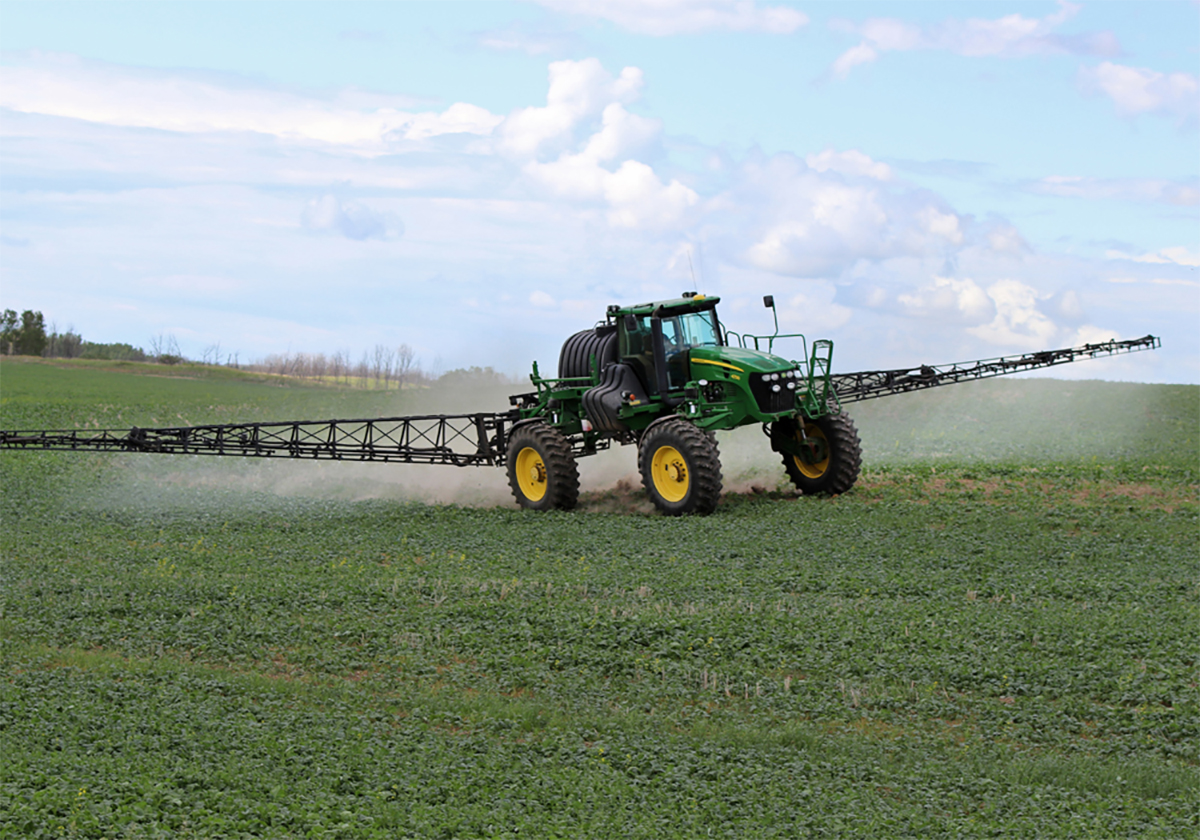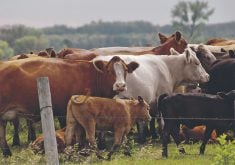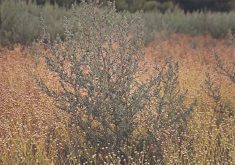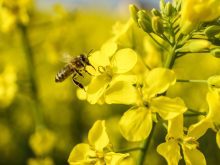Increasingly, it seems the entire growing season is sprayer season. If you aren’t on your sprayer or at least getting ready to spray something, it feels like you aren’t trying hard enough.
In-crop, post-emergent weed control is especially stressful.
Unlike pre-seed burn-off, you have to worry about damaging emerged crops in adjacent fields — your fields or fields belonging to neighbours. What’s the wind direction? How far is the spray going to drift? Is the adjacent crop susceptible to damage from what’s being sprayed?
Read Also

Budget seen as fairly solid, but worrying cracks appear
The reaction from the agriculture industry to prime minister Mark Carney’s first budget handed down November 4th has been largely positive.
Wind is a nemesis. When the forecast calls for winds of 30 km-h and above, the sprayer will likely remain parked.
At lower wind speeds, whether to spray or not becomes a judgment call. Sometimes you can decrease travel speed and spray pressure to reduce drift.
Sometimes rain will be in the forecast. If there’s a 60 per cent chance of showers and your herbicide’s efficacy could be affected by rain within six hours, do you still take the chance and spray?
Temperature can mess you up as well.
On some great spraying days, you have to shut down because temperatures reach the upper 20s. A couple days later, you may have to stop spraying or switch products because overnight temperatures are dropping to 5 C or less.
Studies show that early weed control pays off in better crop yields, but if you spray too early, you could miss later germinating weeds.
If weeds get too big, they are typically more difficult to control.
Crop tolerance to various herbicides can vary with growth stage, so that’s another important consideration.
For some crops, limited in-crop herbicide options exist. Other crops have so many options, it’s tough to choose. What is the weed spectrum in each field? What’s the cost comparison of the various options?
You also need to worry about re-cropping restrictions. A product that provides the best control may limit what you can seed on that field next year.
You also need to predict growing season precipitation because lack of rainfall can increase the risk of crop injury the following year.
Herbicide resistant weeds are an ever-increasing concern, so you typically want to use products with more than one mode of action. Some products can be tank mixed while others can’t.
Product labels don’t always provide all the practical information you’d like to have.
For instance, why do some labels express application rates in grams of active ingredient per hectare? You have to figure out how many grams of active ingredient are in each litre and then convert from hectares to acres.
No farmer I know works in hectares. Some manufactures have this figured out and will tell you on the box that a jug treats X acres.
When you finally have the herbicide or herbicides figured out for the field and the weather isn’t too windy, hot, cold or wet, a host of problems can emerge with the sprayer itself — filters that are plugged, GPS guidance that’s wonky, auto height control for the booms not working correctly or any of a myriad of possible mechanical problems.
How often should you check to make sure the nozzles behind the outfit, the ones you can’t see from the cab, are still spraying properly? Are you sure you adequately cleaned the previous product out of the spray system so that it won’t hurt the crop you’re currently spraying?
Despite all the stress, it’s a good feeling when you see those darn weeds dying.
















